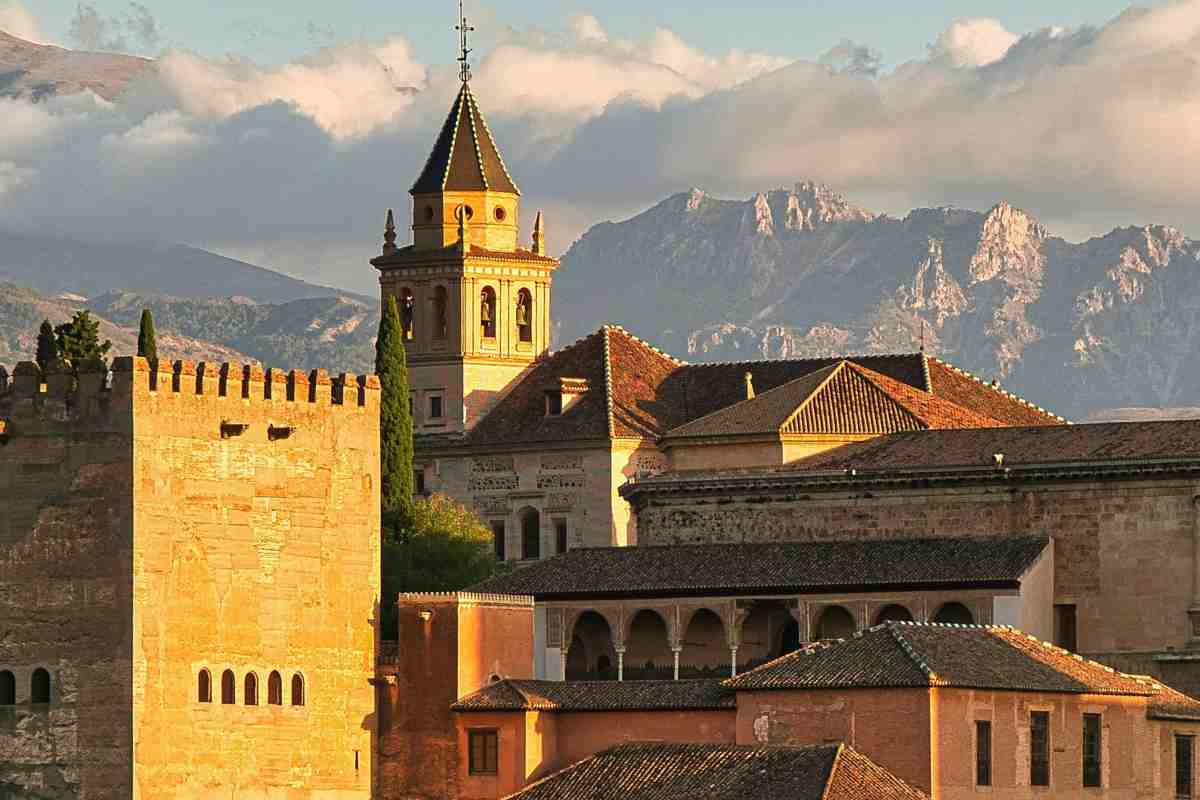
In recent years, the political landscape of Spain has been marked by various regional independence movements. One of the most intriguing yet lesser-known movements is the Pan-Granatist movement, which seeks to establish Granada as an independent entity, separate from the autonomous community of Andalusia. This movement has gained renewed attention thanks to the efforts of Cesar Giron, a former member of the PSOE (Partido Socialista Obrero Español), who has been vocal about taking the matter of Granada’s independence to the Provincial Council.
Historical Context
Granada, once a powerful kingdom, has a rich history that dates back to the medieval period. The Kingdom of Granada was the last Muslim stronghold in Spain, falling to the Catholic Monarchs in 1492. Despite its historical significance, Granada has often felt overshadowed by other regions within Andalusia, particularly Seville, which serves as the administrative capital.
Inspiration from Leon
The recent developments in Leon, where the Provincial Council approved a motion to create a new autonomous community with the provinces of Zamora and Salamanca, have inspired the Pan-Granatist movement. Leon’s push for autonomy has shown that regional independence is not just a distant dream but a tangible possibility. Cesar Giron, an author and independence activist, has drawn parallels between Leon and Granada, emphasizing that persistent political efforts can yield results.
The Pan-Granatist Vision
The Pan-Granatists envision not only the separation of Granada from Andalusia but also the incorporation of territories from Malaga and Almeria. This ambitious plan aims to recreate the historical boundaries of the Kingdom of Granada. While this might seem far-fetched, the success of Leon’s motion has given the Pan-Granatists hope.
Cesar Giron’s Perspective
Cesar Giron has been a vocal advocate for Granada’s independence. He argues that smaller autonomous communities like Murcia, Logroño, Asturias, and Cantabria have managed well on their own. According to Giron, Granada has a historical mandate for independence and has suffered under the centralized administration of Andalusia, headquartered in Seville, which is 200 kilometers away from Granada.
Giron acknowledges that achieving independence would be a legal challenge but not an impossible one. He believes that the movement must start at the municipal level, gaining support from town halls before moving to the Provincial Council. If the capital and metropolitan areas, along with some large cities, vote in favor, they could meet the two-thirds population threshold required to take the petition to Congress.
Challenges Ahead
Despite the enthusiasm, the Pan-Granatist movement faces significant obstacles. The political party most associated with the movement, Juntos por Granada (Together for Granada), received only 1,299 votes in the 2022 regional elections, a mere 0.31% of the total. This indicates a lack of widespread support, which could hinder the movement’s progress.
However, Giron remains optimistic. He believes that a well-organized persuasion campaign could change public opinion. The recent success in Leon has shown that even seemingly small movements can achieve significant results with the right strategy.
The Pan-Granatist movement, led by figures like Cesar Giron, represents a fascinating chapter in Spain’s ongoing regional independence struggles. While the road to independence for Granada is fraught with challenges, the movement’s historical roots and recent inspirations from Leon provide a glimmer of hope. As Giron and his supporters continue to push for autonomy, the question remains: Can Granada follow in Leon’s footsteps and carve out its own path to independence?
